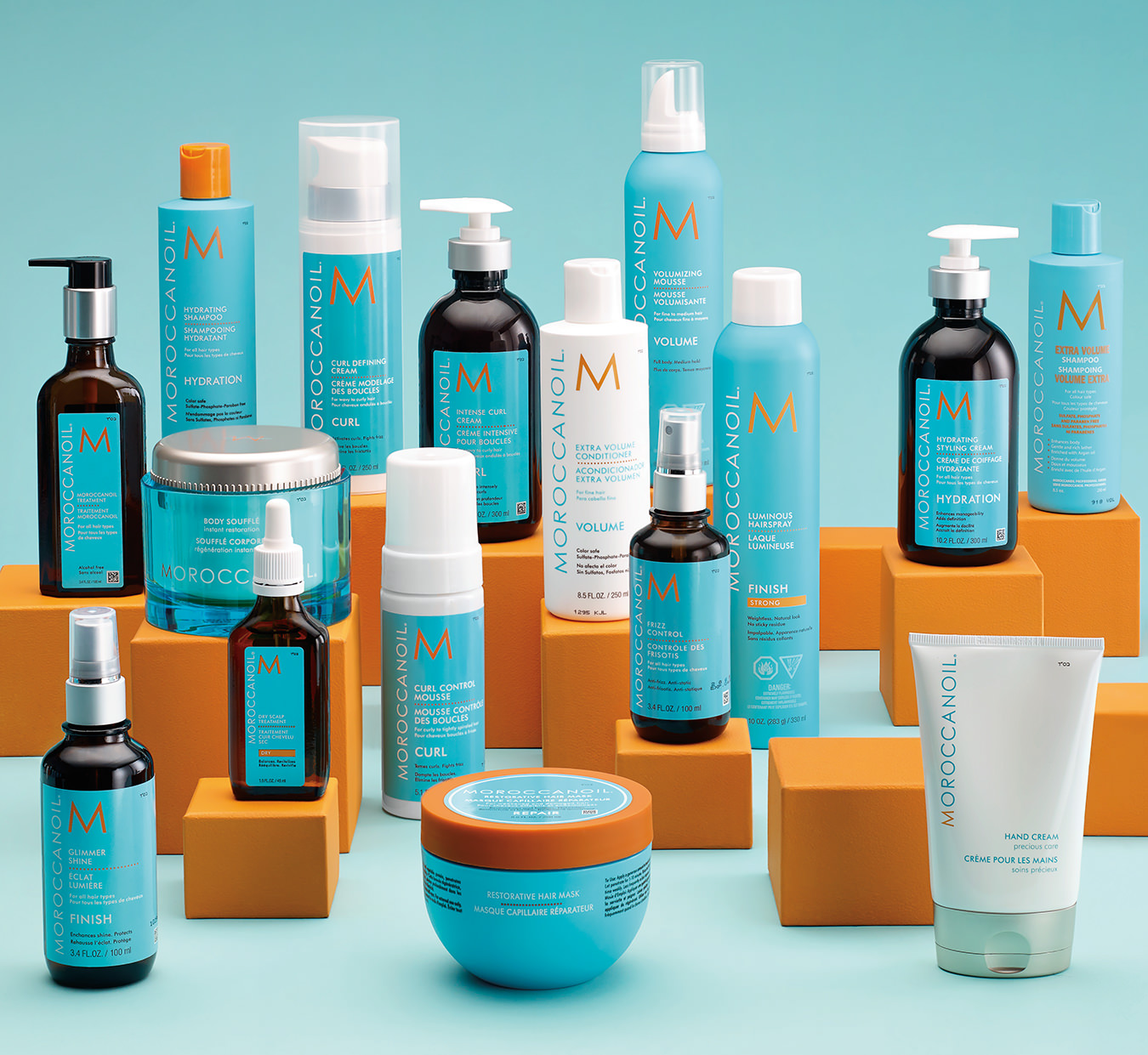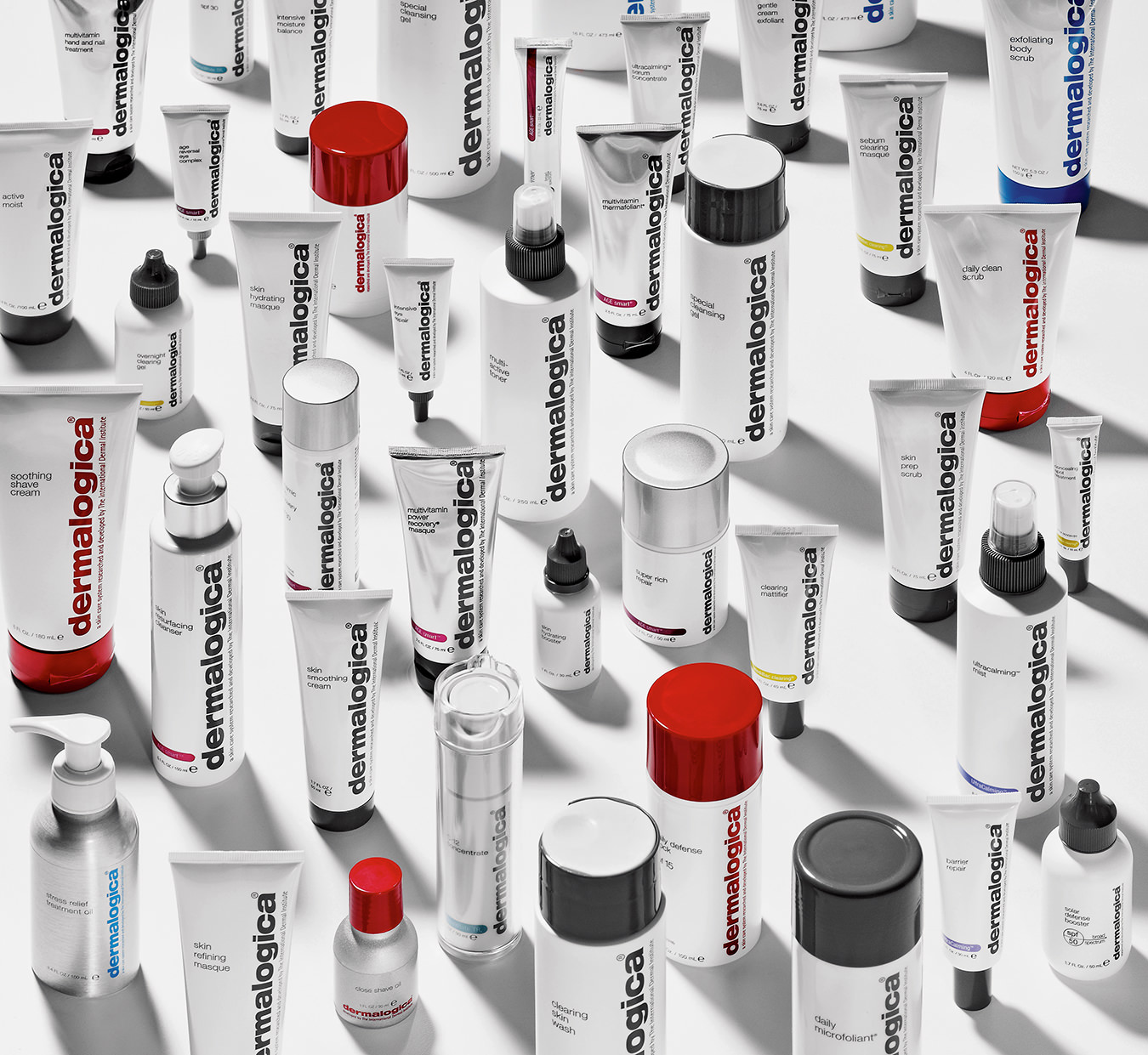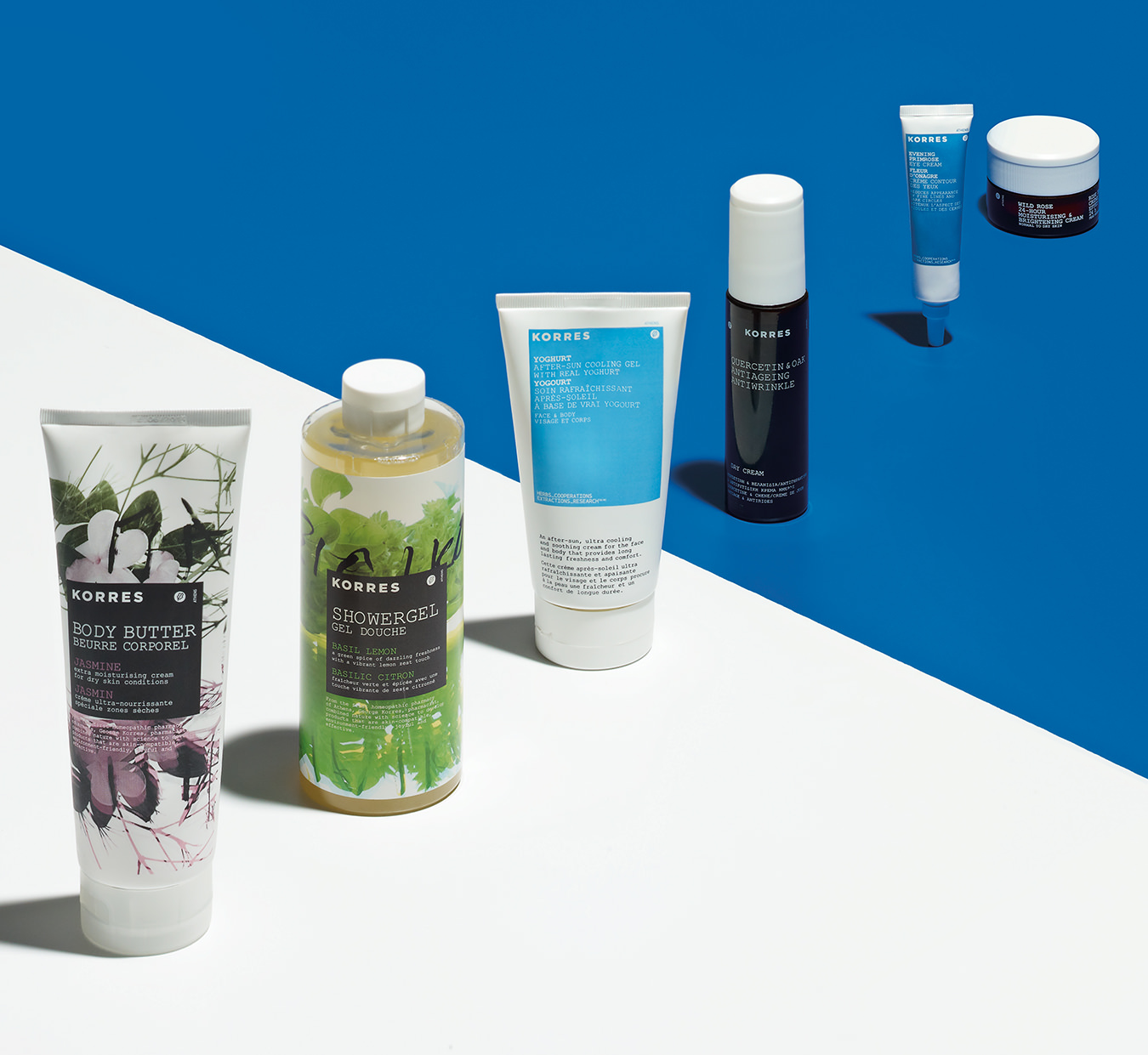The Next Wave of Buzzy Skin-Care Ingredients
From soothing superstars to a hydration heavyweight, there’s something for every skin type.

Tower 28 Beauty
These days, any in-the-know skin-care user can tell you the difference between vitamin C and vitamin A, and why each is important in a routine (the former helps address complexion concerns, such as reducing hyperpigmentation and redness, while the latter has anti-aging properties). Although both of those gold-standard ingredients are still considered well-rounded for any skin-care type, there’s a new batch of buzzy actives that are garnering attention. Here, we’re taking a closer look at a handful of ingredients that are sure to be the next big things in skin care.
Exosomes
Often praised for their wound-healing properties, exosomes have become a popular add-on to apply after an in-office treatment such as microneedling or a laser session. “They’re tiny carrier or messenger molecules containing genetic material, lipids, proteins and growth factors secreted by one cell to activate another in its function,” says Dr. Monica Li, a double board-certified dermatologist and the founder of Vancouver Skin MD.
Lanesa Mahon, an MBS cosmetic chemist and PhD candidate in pharmaceutical sciences at the University of Cincinnati, compares exosomes to packages that carry cargo to deliver a message and says that they can potentially provide the skin with a range of benefits. In addition to their healing abilities, exosomes—which can be plant or human derived—primarily help with hyperpigmentation and general aging concerns like fine lines, wrinkles, and dullness. “They’re said to contain numerous biomolecules that can serve many purposes from helping to mitigate inflammation to stimulating collagen production,” Mahon says. According to Li, there’s early evidence that exosomes could also be beneficial in stimulating hair growth.
How do you use exosomes?
Since they’re relatively new, there aren’t a lot of studies on exosomes’ capabilities yet. “Their use in cosmetic formulation is still a bit controversial, especially in respect to their stability and size, which can make them difficult to deliver topically without some type of adjunct treatment like microneedling,” Mahon says. She notes that despite the current lack of data, there could still be some efficacy when exosomes are used in skin care. “If using a product containing exosomes at home, it may be beneficial to use it on damp skin to increase penetration,” she says.
To best support your skin’s restorative functions, Li suggests adding the regenerative ingredient to your nighttime routine. They “would be applied after a topical retinoid, then followed by a moisturizer.”
Here are a couple of products with exosomes:
SkinFix Barrier+ Exo + Ectoin Intensive Repair Baume
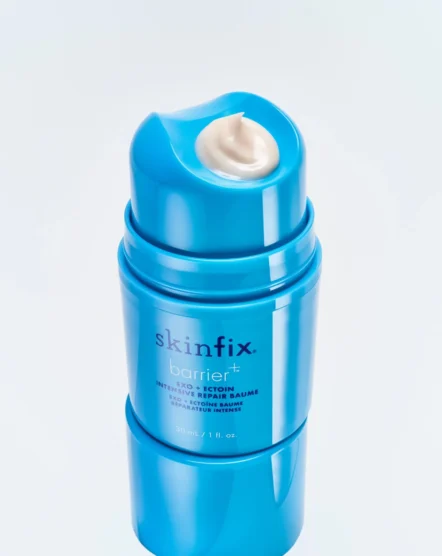
The Inkey List Exosome Hydro-Glow Complex
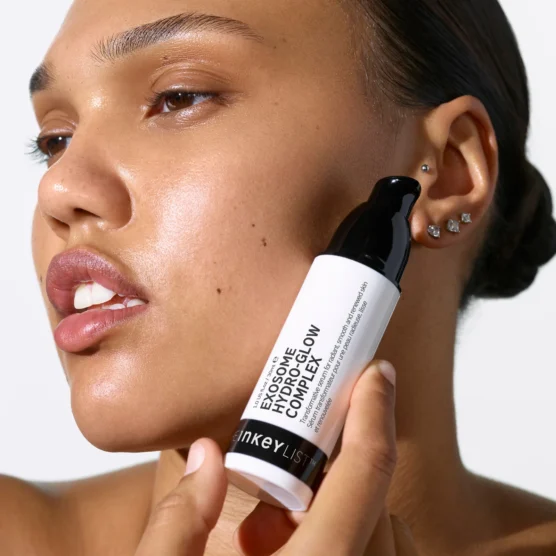
___
Polyglutamic acid (PGA)
Primarily known for its skin-boosting properties, polyglutamic acid (PGA) is brimming with moisture. “It’s a humectant that binds water to the skin’s surface which improves hydration,” Mahon says. She points to early studies that show it could increase the production of natural moisturizing factors (NMFs) in the skin, which further amps up hydration. Because PGA is a larger molecule, it sits on the surface of the skin where it forms a film, helping to lock in water. While it acts similarly to another beloved humectant, hyaluronic acid, Mahon says it’s even more efficient. “PGA has better water-binding capability and is said to be able to bind five times the amount of water as hyaluronic acid.”
How do you use PGA?
A stable ingredient that can pair well with others, PGA can be added into any skin-care routine with ease. Mahon says it works synergistically with other active ingredients to facilitate their delivery. For a plumping boost, layer another moisturizing product on top of your PGA product to help draw in and retain that moisture.
Here are a couple of products with PGA:
Dermalogica Dynamic Skin Strengthening Serum
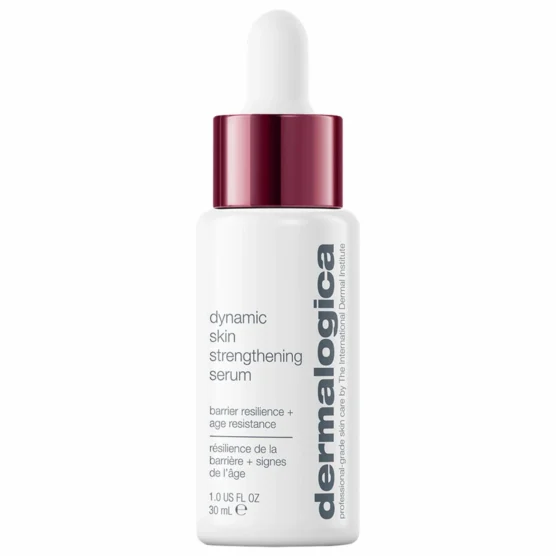
Paula’s Choice C5 Super Boost Moisturizer
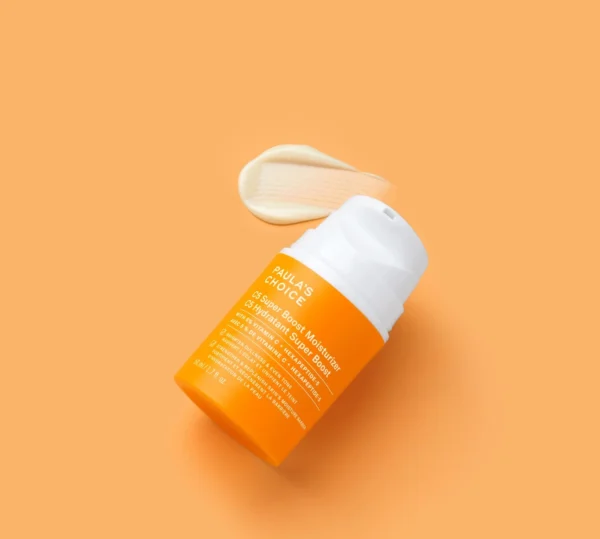
___
Bisabolol
While it may sound like the new kid on the block, bisabolol has actually been used in skin care for years. A winner for all types of skin, the anti-inflammatory ingredient is naturally derived from chamomile and hosts a ton of benefits, including being able to restore a compromised skin barrier. “Those with sensitive skin may benefit most from using bisabolol due to its skin calming properties,” Li says. Mahon adds that it’s also antimicrobial, which means it can help protect the skin from oxidative stress.
How do you use bisabolol?
Due to its high safety profile, bisabolol can be found in an array of skin-care products, including sunscreens. “It’s often integrated into various moisturizing creams, lotions and serums and can be used twice a day,” Li says. Because of its skin-soothing abilities, Mahon recommends pairing it with ingredients like exfoliants and retinoids, as it may help combat irritation that can arise from using those types of intense actives.
Here are a couple of products with bisabolol:
SkinCeuticals Clear Daily Soothing UV Defense Sunscreen SPF 50
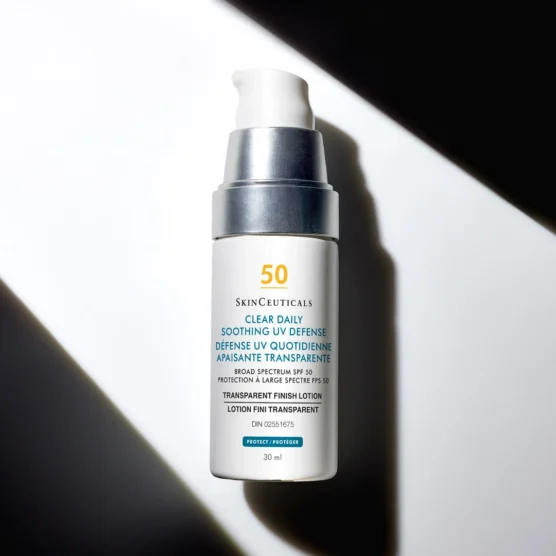
Tower 28 SOS FaceGuard SPF 30 Sunscreen

___
Polyhydroxy Acids (PHAs)
This do-it-all exfoliant can do no wrong. A less intense alternative to more potent AHAs (alpha-hydroxy acids) like glycolic, PHAs carry a long list of benefits. “Larger molecules that do not penetrate as deeply into the skin relative to other AHAs, PHAs tend to be milder than other chemical exfoliants,” Li says. When added to a routine, they can help with speeding up cell turnover and reparative processes, but what really sets them apart from the pack is their hydrating properties.
“The main PHAs are gluconolactone and lactobionic acid, which are sugars derived from galactose and lactose,” explains Mahon explains. “They have humectant and antioxidant properties and help hydrate and protect the skin from oxidative stress.” An excellent option for more sensitive and dry-skin types, or those with inflammatory skin conditions like eczema or rosacea, they offer a gentle approach to exfoliation.
How do you use PHAs?
Even though they’re gentler, Mahon still advises taking it slow when adding PHAs into your routine, as overuse could cause irritation. “Start off using them two to three times per week at night. You can use them more as your skin builds up tolerance.” For a foolproof approach, Li recommends using a cleanser or toner with the active ingredient, while a serum that remains on the skin will have a more direct effect as it will provide enzymatic breakdown of dead skin cells and surface debris.
Here are a couple of products with the PHAs:
Neostrata 15% Vitamin C + PHA Serum55
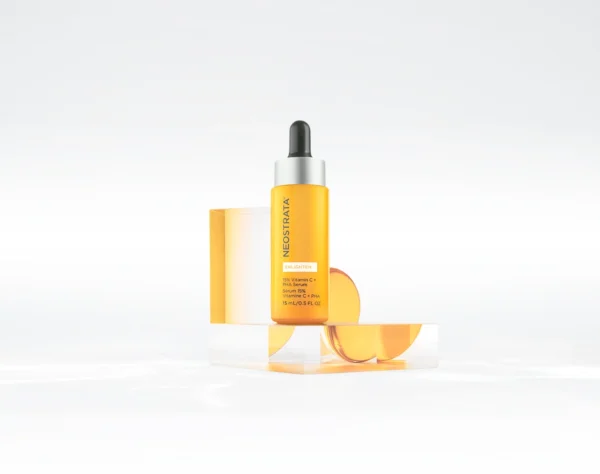
Marcelle Vitamin C + PHA Brightening Cleanser
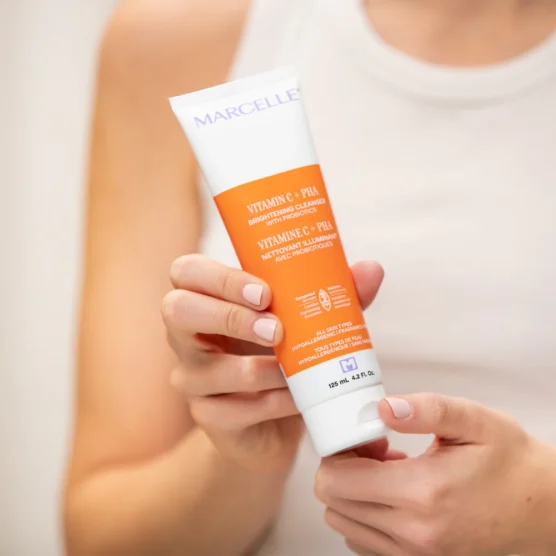
___
Peptides
Composed of short amino acid chains, peptides have become one of the most sought-after ingredients to use in skin care. They “form building blocks for the production of collagen, elastin and keratin, which are necessary elements to maintain the firmness, strength and texture of the skin,” Li says.
Mahon explains that there are three main forms of peptides used in skin care: signalling peptides, carrier peptides, and neurotransmitter-affecting peptides, with the signalling type the most commonly used. “Palmitoyl tripeptide-5, palmitoyl tripeptide-38, and palmitoyl hexapeptide-12 are all signalling peptides that increase skin firmness by boosting collagen production,” she says.
How do you use peptides?
Since they are ingredients that play nicely with others and also have hydrating benefits, peptides are used in all types of skin care, from cleansers to serums and moisturizers—even lip balms. Li explains that peptides are a safe bet for all skin types, including those with sensitivities and redness, as they’re generally well tolerated. To aid penetration and maximize their anti-aging properties, Mahon suggests layering a peptide-rich product on top of more hydrating ingredients.
Here are a couple of products with peptides:
Institut Esthederm Intensive Pro-Collagen+ Cream
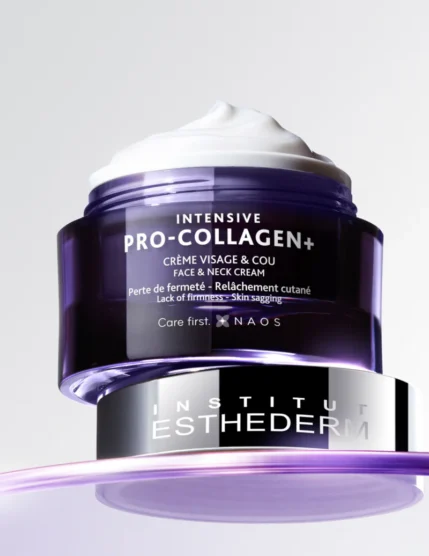
Bubble Water Slide Hydration Boosting Serum
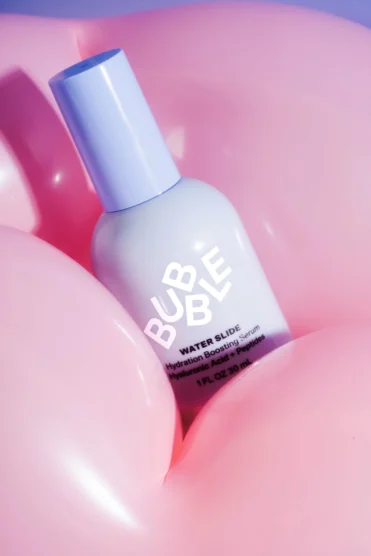
___
Hypochlorous Acid
A viral ingredient that has excited the skin-care world, it’s beloved for its calming benefits and is often used in post-treatment care to help with skin recovery. “Made from the dissolution of chlorine in water, hypochlorous acid is naturally produced by the body and has antimicrobial properties,” Mahon says. Essentially, it acts as a sanitizer as it’s able to oxidize bacteria, and early studies show that it may have anti-inflammatory properties as well. It’s become a go-to for those with acne-prone skin to minimize redness and help combat bacteria.
How do you use hypochlorous acid?
Li explains that hypochlorous acid is typically used in a spray format for easy application and maximum absorption. It’s generally well tolerated by all skin types, but if you’re new to using it, Li recommends doing a test patch first to minimize the chance of dryness or irritation. “It’s best to do a test spot for three or four days to determine tolerability, and it should not be paired with other new products simultaneously.”
Mahon mentions another essential tip when using the bacteria-busting ingredient: avoid pairing it with antioxidant-rich vitamin C. “Hypochlorous acid is an oxidant and could interact and reduce vitamin C’s efficacy,” she explains. It’s most effective when spritzed onto freshly cleansed skin with time to let it fully dry before layering on the next product.
Here are a couple of products with Hypochlorous Acid:
E11ement Hypochlorous Acid Spray
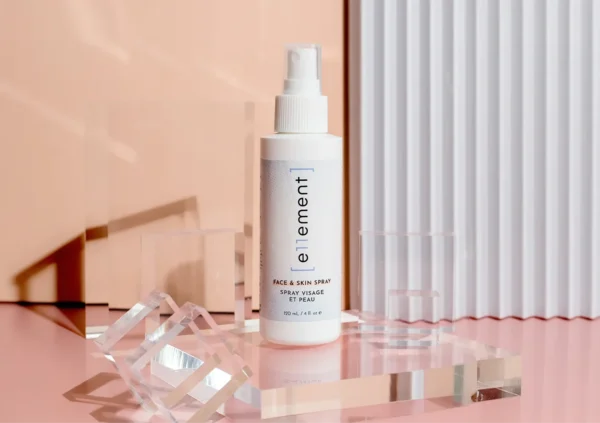
Peace Out Redness + Clarifying Mist


